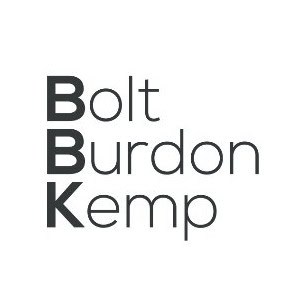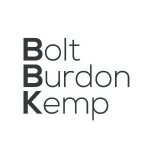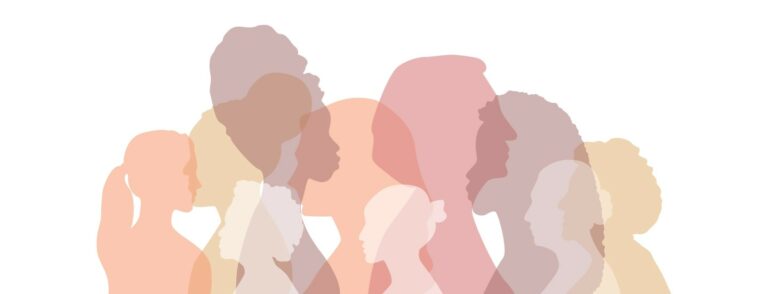Animal Assisted Therapy and its ‘roar-some’ benefits
It is not hard to see why people have pets; they are always there for you, a loyal companion who can take the stress of the day away just by snuggling up next to you on the sofa. They can also have significant benefits for our health and general well-being. For those who have suffered from a brain injury, they can play an even more important part in their recovery. Many individuals who have acquired a pet following their injury or those who have participated in animal assisted therapy (AAT), have found themselves feeling less isolated, with improved communication and motor skills.
In this blog, I will discuss AAT in general and how it can help with the recovery process for brain injured people. In part two of my blog, I will focus on how dog owners can benefit from their fluffy friend during their rehabilitation.
What is Animal Assisted Therapy (AAT)
Put simply, AAT is a type of therapy which integrates animals as a form of treatment and is often used alongside traditional therapy types in neuro-rehabilitation. There are no set rules, activities or animals – it is a creative and contemporary therapy that aims to help the patient’s recovery following their brain injury.
Involving animals has been proven to increase the patient’s willingness to engage in therapy which in turn could benefit their rehabilitation and help to avoid some of the long term effects of brain injury.
What animals are used in AAT?
There are a variety of animals that can be used in AAT, each animal having its own specific personality and skills that it can bring to the therapy environment. Animals can’t verbally communicate with us nor can they judge us which makes them great for people with brain injuries who may struggle with their communication skills and be cautious in social situations. It allows for them to communicate and interact with the animals in a way they may not feel ready to do with people.
Therapy involving dogs and horses are most common due to their intelligent nature and their ability to mirror people’s emotions. In hippotherapy, the patient rides the horse and completes different activities to achieve specific outcomes. The therapist is always in control of the horse and will tailor each session to the rider’s goals. For example, they may develop the patient’s left and right coordination through steering the reins or improving attention and posture through quick, erratic movements. They also provide a fun session for the rider who may not have experienced riding a horse before. Bolt Burdon Kemp proudly sponsor a cheeky pony called Coco who is specially trained to help children achieve their goals through this kind of therapy.
Other domesticated animals can be involved in therapy in a variety of ways. In occupational therapy, therapists facilitate recovery through helping people achieve tasks that they would usually complete if living independently. Using AAT, they ask the patient to complete activities but focusing on a specific animal. For example, instead of asking them to prepare a salad for lunch, they could ask them to prepare vegetables to feed to the guinea pigs. Another example could be asking them to clean out a rabbit’s cage rather than asking them to clean some furniture or to go for a walk with the dog rather than just the therapist.
Although it may seem strange to involve an animal, it can have significant benefits to the outcome of the therapy. People have been found to be more willing to engage in therapy when it involves an animal and are motivated by caring for the animal. We have noticed the benefit of pets with some of our clients here at Bolt Burdon Kemp. For example, one occupational therapist has integrated our client’s fish into her sessions, helping our client get into a routine for feeding them and cleaning their tank.
Ultimately, it has been proven that including animals in therapy can really increase people’s happiness and positivity following a brain injury. In my next blog, I will speak about how having a dog can also have a significant impact on people’s recovery following a brain injury.
Victoria Moore is a paralegal in the Adult Brain Injury team at Bolt Burdon Kemp. If you feel you may have a claim or are enquiring on behalf of a loved one, contact Victoria free of charge and in confidence at victoriamoore@boltburdonkemp.co.uk. Alternatively, complete this form and one of the solicitors in the Adult Brain Injury team will contact you. Find out more about the Adult Brain Injury team.










